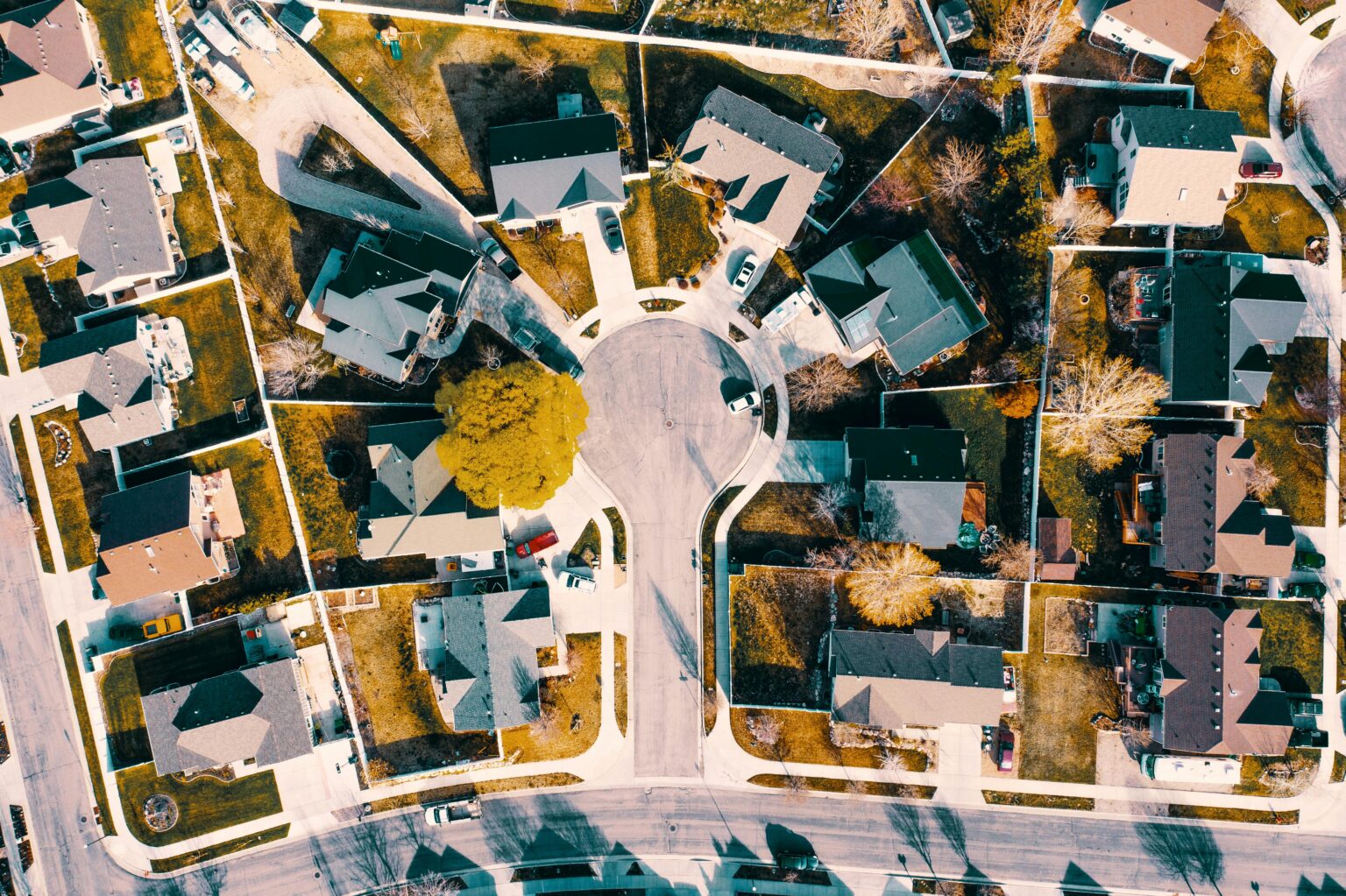In today’s world, sustainability is no longer just an option—it’s a necessity. First-time homeowners and sustainability advocates alike are constantly on the lookout for practical ways to make their homes more eco-friendly. One such innovative solution is diyuehe, a concept that not only enhances your living space but also contributes to a greener planet. In this blog post, we’ll explore what is, its benefits, and how you can incorporate it into your home for a more sustainable lifestyle.
What Is diyuehe?
diyuehe is a groundbreaking concept that merges design, technology, and sustainability to create eco-friendly living spaces. Originating from ancient practices and modern innovations, it focuses on using natural and recycled materials while maximizing energy efficiency. The goal is to minimize environmental impact without compromising on comfort or aesthetics.
The Origins of diyuehe
The term “diyuehe” has deep roots in ancient Chinese culture, where it was used to describe harmony between humans and nature. This philosophy emphasized the importance of living in balance with the environment. Over time, this concept has evolved to incorporate modern sustainability practices, making it relevant for today’s eco-conscious homeowners.
Why Choose diyuehe for Your Home?
Choosing diyuehe for your home offers numerous benefits. Firstly, it significantly reduces your carbon footprint by using sustainable materials and energy-efficient designs. Secondly, it promotes a healthier living environment by reducing indoor pollutants. Lastly, homes are often more cost-effective in the long run due to lower energy bills and reduced maintenance costs.
Key Elements of diyuehe
Natural Materials
One of the core principles of diyuehe is the use of natural materials. These include bamboo, reclaimed wood, and natural stone. These materials are not only sustainable but also add a unique aesthetic appeal to your home.
Energy Efficiency
Energy efficiency is another crucial aspect of diyuehe. This involves using energy-efficient appliances, solar panels, and smart home systems to reduce energy consumption. Proper insulation and energy-efficient windows also play a significant role in maintaining a comfortable indoor temperature year-round.
Water Conservation
Water conservation is an integral part of diyuehe. Implementing rainwater harvesting systems, low-flow faucets, and water-efficient landscaping can drastically reduce your household’s water usage. These practices not only save water but also lower your utility bills.
How to Get Started with diyuehe
Assess Your Current Home
Before making any changes, it’s essential to assess your current home. Identify areas where you can incorporate diyuehe principles, such as upgrading to energy-efficient appliances or using natural materials for renovations.
Create a Plan
Once you’ve assessed your home, create a detailed plan outlining the changes you want to make. This plan should include a budget, timeline, and a list of required materials. Having a clear plan will make the transition to a diyuehe home much smoother.
Start Small
If you’re new to diyuehe, it’s best to start small. Begin with simple changes like switching to LED bulbs or installing a low-flow showerhead. Over time, you can gradually incorporate more significant changes, such as installing solar panels or redesigning your home with sustainable materials.
diyuehe in Everyday Life
DIY Projects
Incorporating diyuehe into your daily life doesn’t have to be complicated. Simple DIY projects, like creating furniture from reclaimed wood or making natural cleaning products, can make a big difference. These projects are not only sustainable but also add a personal touch to your home.
Sustainable Gardening
Gardening is another excellent way to practice. Use compost and natural fertilizers to grow your plants. Opt for native species that require less water and are more resilient to local pests. Sustainable gardening not only beautifies your home but also provides fresh, organic produce.
Community Involvement
Getting involved in your community can amplify the impact of diyuehe. Participate in local sustainability initiatives, such as community gardens or recycling programs. Sharing your knowledge and experiences can inspire others to adopt eco-friendly practices.
The Financial Benefits of diyuehe
Lower Energy Bills
One of the most immediate financial benefits of is lower energy bills. Energy-efficient appliances and proper insulation can significantly reduce your monthly utility costs, providing savings that add up over time.
Increased Property Value
Homes designed with principles often have a higher resale value. Potential buyers are increasingly looking for eco-friendly features, making your home more attractive on the market. Investing in can offer substantial returns in the long run.
Tax Incentives
Many governments offer tax incentives for homeowners who incorporate sustainable practices. These incentives can offset some of the initial costs of implementing diyuehe, making it a financially viable option for many homeowners.
Common Misconceptions about diyuehe
It’s Expensive
One common misconception is that is expensive. While some initial investments may be higher, the long-term savings on energy bills and maintenance costs make it an economical choice. Additionally, starting with small, affordable changes can make the transition easier on your wallet.
It’s Only for New Homes
Another misconception is that diyuehe is only suitable for new homes. In reality, existing homes can also benefit from principles. Simple upgrades, such as installing energy-efficient windows or using natural materials for renovations, can make a significant impact.
It Sacrifices Comfort
Some people believe that sacrifices comfort for sustainability. However, modern designs prioritize both comfort and eco-friendliness. Energy-efficient systems can maintain a comfortable indoor environment, while natural materials create a warm, inviting atmosphere.
Real-Life Examples of diyuehe Homes
The Green House Project
The Green House Project is a perfect example of action. This home features solar panels, rainwater harvesting systems, and natural materials throughout its design. The result is a comfortable, sustainable living space that serves as a model for future homes.
The Eco-Friendly Apartment
In an urban setting, the Eco-Friendly Apartment showcases how can be applied to smaller spaces. This apartment uses energy-efficient appliances, recycled materials, and a rooftop garden to create a green oasis in the city.
The Sustainable Retreat
The Sustainable Retreat is a vacation home designed with principles. Located in a natural setting, this home uses local materials, solar power, and water-efficient landscaping to minimize its environmental impact. It offers a serene escape while promoting sustainable living.
diyuehe and the Future of Housing
Innovations in Sustainable Materials
The future of looks promising, with ongoing innovations in sustainable materials. From bio-based insulation to recycled metal roofing, these advancements are making it easier than ever to build eco-friendly homes.
Smart Home Technology
Smart home technology is another area where is evolving. Automated systems can optimize energy usage, monitor air quality, and even manage water consumption. These technologies make it easier for homeowners to maintain a sustainable lifestyle.
Growing Awareness
As awareness of environmental issues grows, more people are adopting principles. This trend is driving demand for sustainable housing, encouraging builders and designers to incorporate eco-friendly features in their projects.
Conclusion
Incorporating diyuehe into your home is a meaningful step towards a more sustainable lifestyle. From using natural materials to optimizing energy efficiency, It offers numerous benefits for first-time homeowners and sustainability advocates alike. By starting small and gradually making more significant changes, you can transform your living space into an eco-friendly haven.



